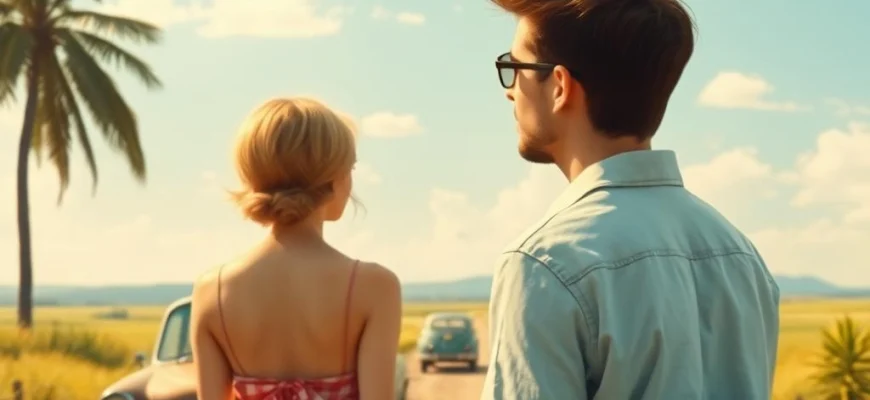If you loved the emotional depth and nostalgic charm of 'Violent Summer' (1959), you're in for a treat. This article explores 10 similar movies and shows that capture the same bittersweet romance, coming-of-age themes, and post-war atmosphere. Whether you're a fan of classic cinema or looking for hidden gems, these recommendations will transport you to another era.

Rome, Open City (1945)
Description: A gritty, realistic depiction of life under Nazi occupation, blending documentary-style filmmaking with dramatic storytelling.
Fact: Considered the first major film of the Italian neorealist movement, it was shot on the streets of Rome shortly after the city's liberation.
 Watch Now
Watch Now 
Bicycle Thieves (1948)
Description: A poignant portrayal of post-war Italy, focusing on the struggles of the working class and the bond between a father and son.
Fact: Often cited as one of the greatest films ever made, it was shot on location with non-professional actors.
 Watch Now
Watch Now 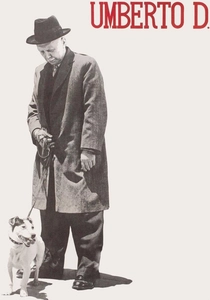
Umberto D. (1952)
Description: This film offers a deeply humanistic look at old age and poverty, with a narrative that is both tender and brutally honest.
Fact: The film was nearly lost due to nitrate decomposition but was restored in the 1990s.
 Watch Now
Watch Now 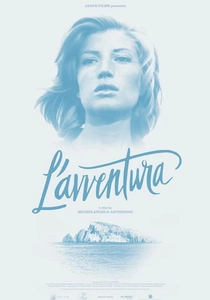
L'Avventura (1960)
Description: Known for its slow pacing and focus on the emotional and psychological states of its characters, this film delves into themes of alienation and the search for meaning.
Fact: Initially booed at its Cannes premiere, it later won the Jury Prize and is now considered a masterpiece of modernist cinema.
 Watch Now
Watch Now 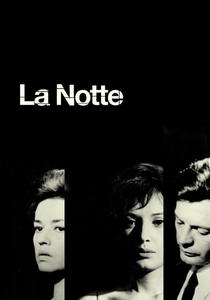
La Notte (1961)
Description: This film captures the ennui and emotional disconnection among the bourgeoisie, with a strong emphasis on atmospheric storytelling and visual poetry.
Fact: It is the middle film of Michelangelo Antonioni's informal trilogy, preceded by 'L'Avventura' and followed by 'L'Eclisse'.
 Watch Now
Watch Now 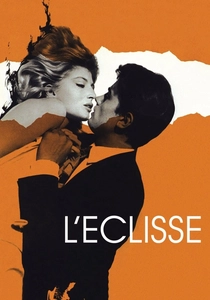
L'Eclisse (1962)
Description: Focusing on the dissolution of a relationship, this film uses stark visuals and minimal dialogue to convey a sense of existential dread and urban alienation.
Fact: The film's famous final sequence, a seven-minute montage of empty streets, has been widely analyzed for its symbolic meaning.
 Watch Now
Watch Now 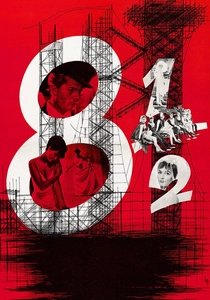
8½ (1963)
Description: A meta-narrative about the creative process and personal crisis, blending surrealism with a deeply introspective look at the artist's life.
Fact: The title refers to the number of films Federico Fellini had directed up to that point: seven full-length films and two shorts.
 Watch Now
Watch Now 
The Leopard (1963)
Description: This epic drama examines the decline of the aristocracy and the rise of the bourgeoisie in 19th-century Sicily, with lush cinematography and a melancholic tone.
Fact: The ballroom scene, lasting 45 minutes, is one of the most celebrated sequences in cinema history.
 Watch Now
Watch Now 
The Great Beauty (2013)
Description: This film shares a deep exploration of existential themes and the decadence of high society, set against the backdrop of a visually stunning Italian landscape.
Fact: The film won the Academy Award for Best Foreign Language Film and is often compared to Fellini's works for its lavish portrayal of Rome.
 Watch Now
Watch Now 
Paisan (1946)
Description: A series of vignettes that capture the chaos and humanity of post-war Italy, with a focus on the interactions between soldiers and civilians.
Fact: The film was shot in various locations across Italy, often using real people who had lived through the events depicted.
 Watch Now
Watch Now 
